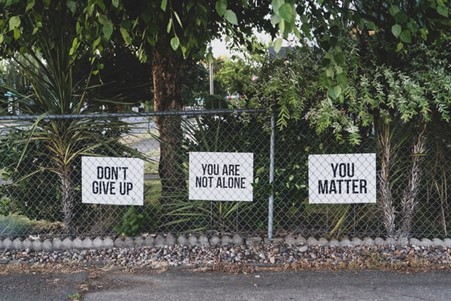
Some consider being a teenager as “the golden years” of life. Though this can be true for many of us, there is also the very palpable reality that the teenage years can be some of the roughest ones to go through.
In this modern day and age, Eva Carlston Academy reviews how the issue of poor body image has been proven detrimental to strong mental health and healthy self-image, and other factors like social media aggravate these effects even further.
An Impressionable Age
A research study was done in 2018 regarding the concept analysis of impressionable tendencies in adolescents recently found that the most impressionable ages in mental development are from 12 to 24 – a majority or all of these years are spent in school. However, it is to be noted the most sensitive years are the ages 12 to 18.
During this time in an individual’s life, they are more vulnerable and sensitive to environmental stressors and other facts they’re constantly exposed to – this includes feedback from friends, family, social media, television, etc.
Suppose a teen is consistently exposed to positive affirmation, from uplifting comments from family to healthy role models (both physical and otherwise) in magazines, tv, etc. In that case, they are more likely to hold a more confident, constructive self-view. The opposite happens when surrounded by hostile, self-deprecating stimuli and negative comments on the body, personality, and the like.
Social Media
The digital age is something that society will never be able to devolve from but in spite of the countless benefits and progressions we’ve made, it is to be argued that the consequences are nothing short of detrimental.
Influencers on apps like TikTok, Instagram, and Twitter live up to their namesake by posting pictures of their lifestyle, with a number of these posts paid for by brands and companies attempting to reach the young demographic. When teens see these posts, they feel compelled to model their lives around these idealized ways of existing.
The problem? These lives don’t exist, not even through the eyes of the influencer posting them. Each photo is meticulously planned and edited until not a single hair is out of place, though the picture is meant to look effortless. Adolescents, however, either don’t know this or unaware of the power of editing, and believe that these perfect bodies and luxury lifestyles are realistically attainable.
Exposure to these catalysts have impressionable minds leaning into “constant comparison thinking”, in which individuals instantly find attributes they “fall short” in. This constant yearning for the unattainable can lead to teens falling into eating disorders, drug use, and other dangerous behaviors to be looked at as worthy.

Correlation With Body Image + Mental Health
Some argue that teens can grow from poor self-esteem and body image issues in a positive, way, stating that lifestyle changes borne from negative self-image can lead to self-love and acceptance. Unfortunately, change kickstarted by self-hate, only leads to additional self-hate, even when weight goals are reached, or popularity is won.
A harrowing study done by researchers in 2019 revealed that, in a group of 309 teenaged people, around 58% of them claimed that their desire for a different body shape stemmed from their desire “to look good”, followed by “to gain approval from the opposite sex”, “to make friends”, and “to be more popular” respectively.
The last reason, coming in at only 3%, was “to be healthy”- which was the only reason that put the teens individual wellbeing in primary importance. Until a healthy self-image is grown from personal betterness, it won’t last, and thus continues the pandemic of poor mental health in this nations teens.








